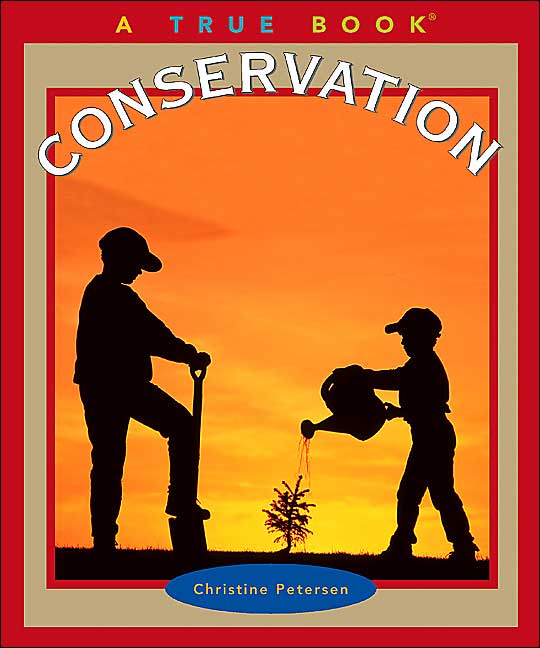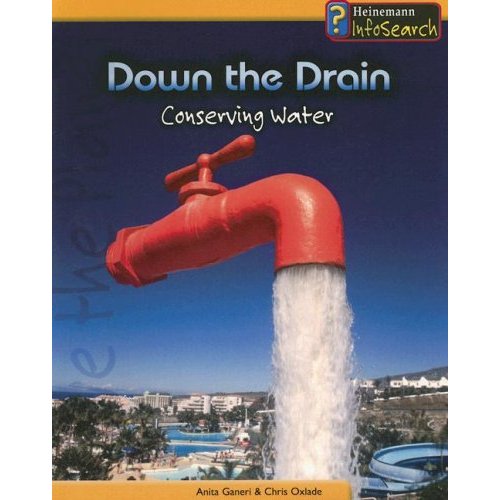Down
The Drain: Conserving Water
by Chris
Oxlade and Anita Ganeri
The
many ways in which we use water – for drinking, washing in, cooking etc; vast
amounts of water are also used in farming (it takes about 500 liters of water to
produce one orange), industry, leisure and so on; Taking Action: keep a water
diary to see how much water you use in 24 hours and what you use it for; why
wasting water is a problem for the environment (danger of drought, water
shortages); Science Behind It: why your body needs water to function

Conservation
by
Christine Petersen
Conservation describes some of
the earth's natural resources, their importance, and how they can be
safeguarded. The definition of "conservation" as used in this book is
"the protection of natural resources such as wildlife habitats, soil, water,
fossil fuels, minerals, and species." Conservation is necessary because we
inhabit the only living planet of the nine planets that revolve around the sun.
Without sunlight (but not too much of it) and an atmosphere, a planet cannot
live. Even with those things, a planet may be polluted or depleted of its
resources. This is where conservation comes in. The text is double-spaced and in
a large font yet contains a challenging vocabulary. An ample number of pictures
illustrate what would be difficult to imagine the world without, such as
glaciers, aerial views of excavation site and the earth from space and a
mountain lion in flight from boulder to boulder. Excellent resources to aid
readers in their study of conservation are found in the back of the book in the
form of books, online sites and organization recommendations. An "Important
Word" section defines unclear terms or words.


